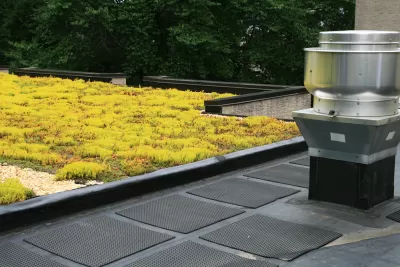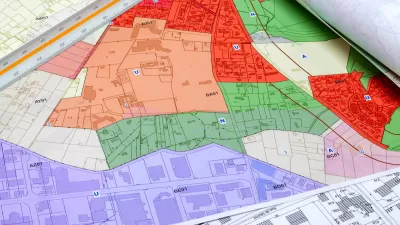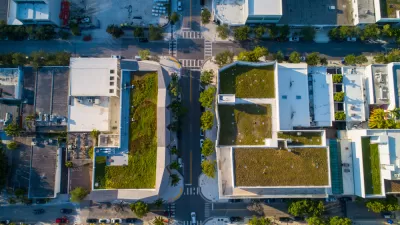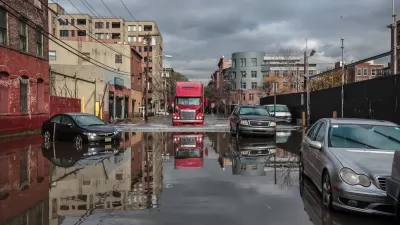Localities in Canada's Durham Region are implementing green building regulations to promote sustainable development and reduce resource use.

Officials in Southern Ontario's Durham Region are implementing green building standards into their development application and review processes, writes Jennifer O'Meara. The rules are designed to encourage developments that "reduce greenhouse gas emissions, build infrastructure that is resilient to future climate change and create a healthier environment for residents, according to a statement from the municipality."
Supporters say the regulations will reduce energy and water use, raise property values, and create jobs. But O'Meara writes that builders have expressed concern that the requirements will raise the cost of production and, consequently, the cost of housing for home buyers.
According to Cameron Richardson, Ajax supervisor of environmental sustainability and climate change, buildings in the region "are second only to transportation as the largest emitter of greenhouse gases, so a municipal green standard for new development and redevelopment within the town would be vital in addressing the climate change emergency and achieving the targets that have been endorsed."
Green building standards are proliferating in both the U.S. and Canada as cities strive to meet greenhouse gas reduction goals and investors demand sustainability as a key component of new developments. Meanwhile, housing advocates caution that eco-friendly development can also lead to "eco-gentrification:" the creation of green enclaves that ignores the needs of low-income populations and concentrates the benefits of green building in wealthy areas.
FULL STORY: Green building standards sprouting up in Durham

Montreal Mall to Become 6,000 Housing Units
Place Versailles will be transformed into a mixed-use complex over the next 25 years.

Planetizen Federal Action Tracker
A weekly monitor of how Trump’s orders and actions are impacting planners and planning in America.

DARTSpace Platform Streamlines Dallas TOD Application Process
The Dallas transit agency hopes a shorter permitting timeline will boost transit-oriented development around rail stations.

Interactive Map Reveals America's “Shade Deserts”
Launched by UCLA and American Forests to combat heat-related deaths, the tool maps the shade infrastructure for over 360 U.S. cities.

Bicycles and Books — In Sacramento, Libraries Now Offer Both
Adult library card holders can check out e-bikes and e-trikes for up to one week.

Colorado Landfills Emit as Much Pollution as 1M Cars
Landfills are the third-largest source of methane pollution in Colorado, after agriculture and fossil fuel extraction.
Urban Design for Planners 1: Software Tools
This six-course series explores essential urban design concepts using open source software and equips planners with the tools they need to participate fully in the urban design process.
Planning for Universal Design
Learn the tools for implementing Universal Design in planning regulations.
City of Mt Shasta
City of Camden Redevelopment Agency
City of Astoria
Transportation Research & Education Center (TREC) at Portland State University
City of Camden Redevelopment Agency
Municipality of Princeton (NJ)
Regional Transportation Commission of Southern Nevada





























